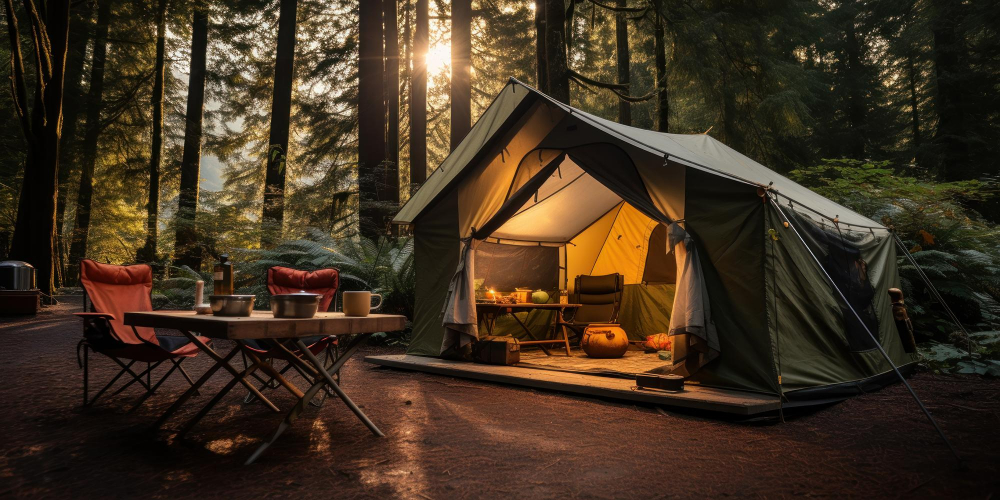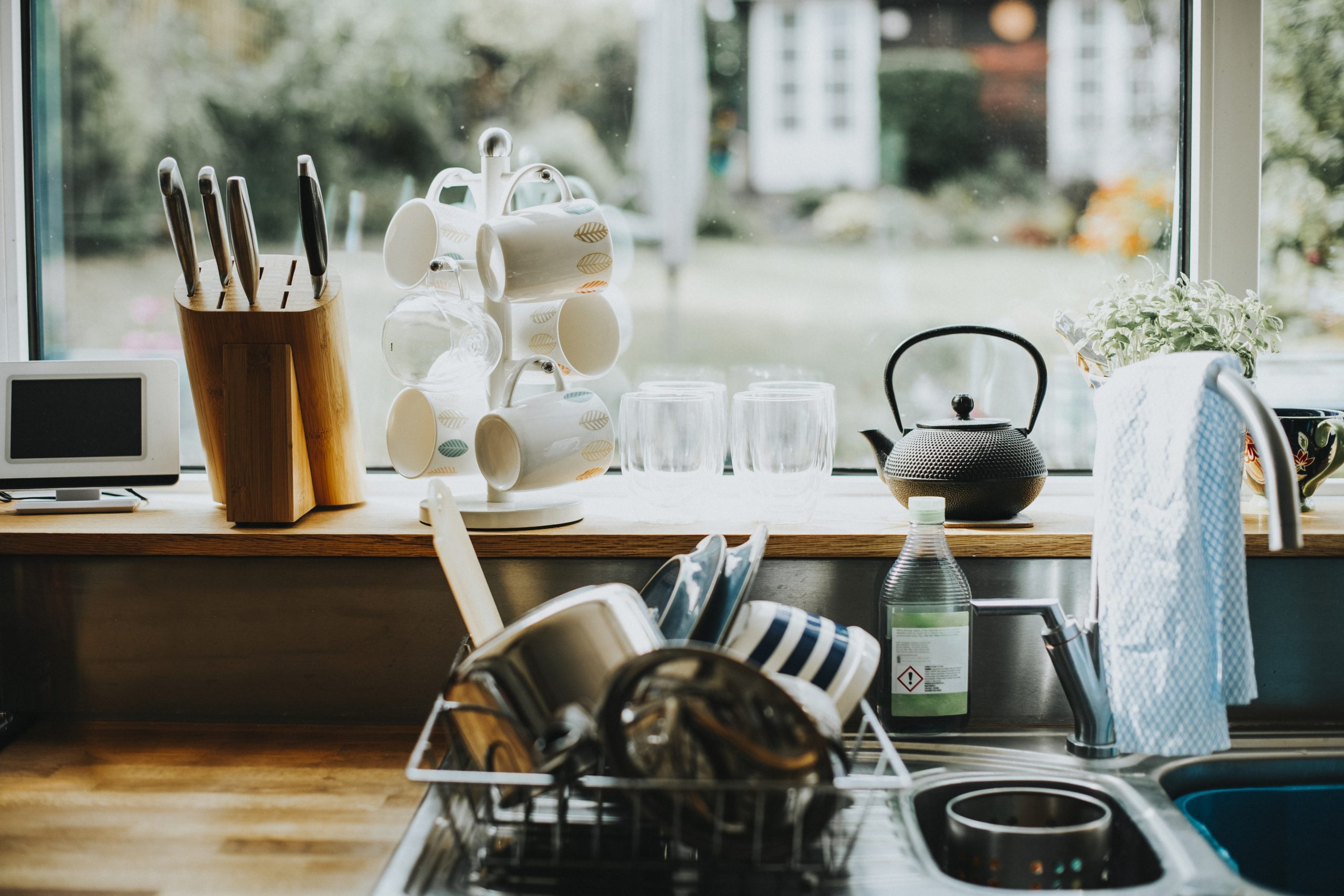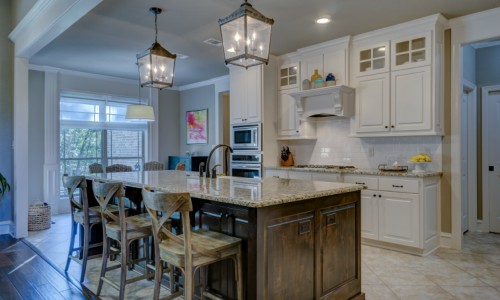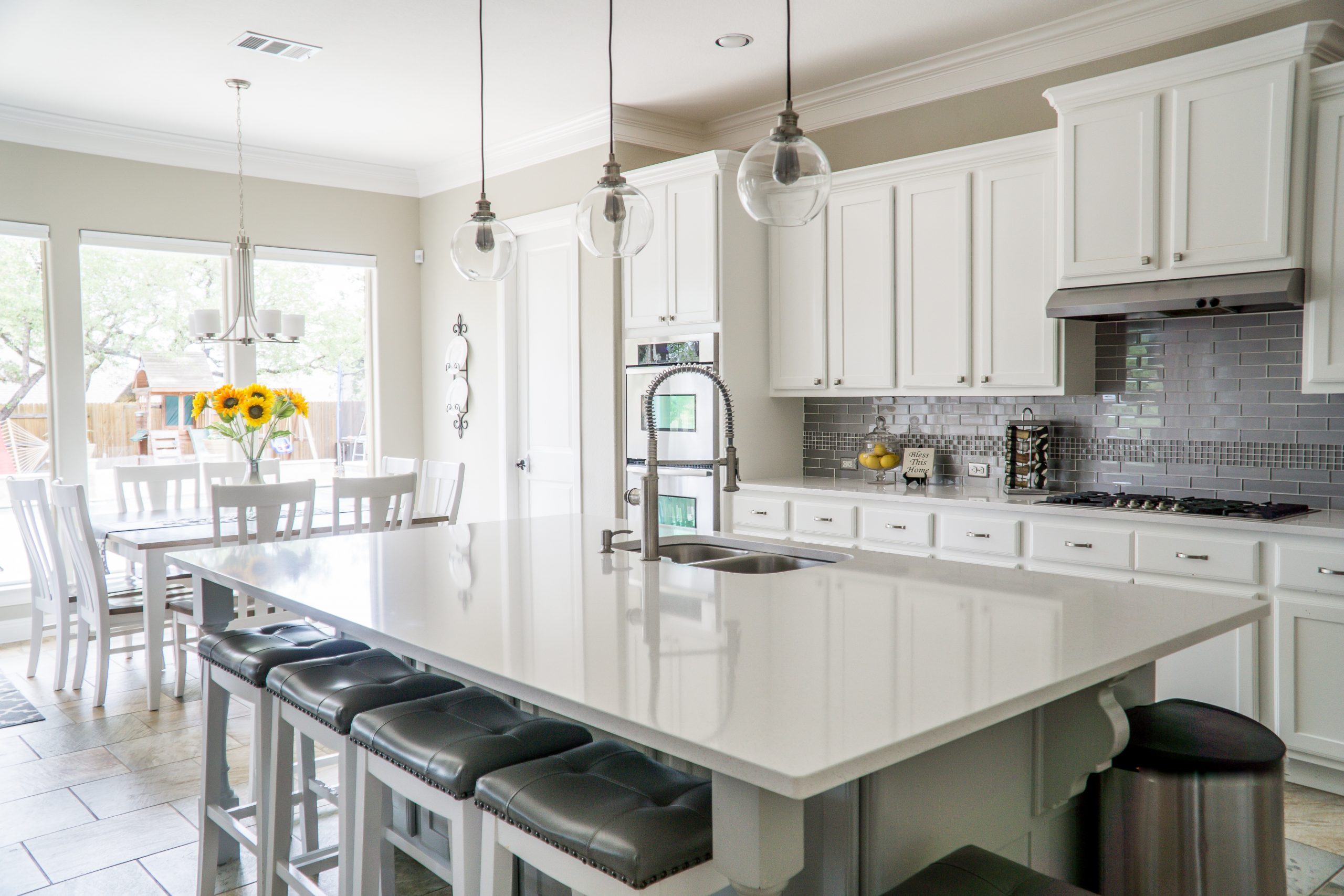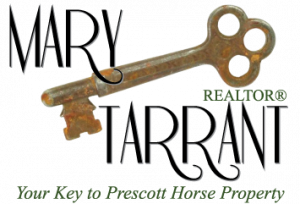Heading into the great outdoors is an excellent way to unwind, connect with nature, and make unforgettable memories. But a successful camping trip doesn’t happen by accident—it’s all in the preparation. Packing the right essentials can make all the difference between a great adventure and a stressful, uncomfortable experience.
Whether you are a first-time camper or a seasoned outdoor enthusiast, this guide will ensure you’re fully prepared for your next trip.
Understanding the Camping Destination
Before embarking on your camping trip, research your destination thoroughly. Knowing the terrain, weather conditions, and available amenities will help you pack appropriately and anticipate potential challenges. For instance, some campgrounds offer facilities like restrooms and water sources, while others may require you to be entirely self-sufficient.
Securing Reservations Early
Popular camping spots can fill up quickly, especially during peak seasons. Secure your campsite reservation well in advance to guarantee your spot. This step not only ensures you have a place to stay but also allows you to select a site that meets your preferences (e.g., proximity to water, shade, etc.).
Top Things to Pack Camping
1. Cooking gear and food
Cooking up a delicious meal outdoors can be a highlight of your camping experience, but you need to pack your kitchen essentials. Some necessary items include a portable stove, fuel, pots, pans, utensils, and a cooler. Also, remember to pack enough food, snacks, and drinks to last the trip. TIP: If you don’t have running water, fill a spray bottle with water and a squirt of dish soap to wash your dishes.
2. Lighting equipment
Once the sun goes down, you’ll need a reliable light source to help you navigate your campsite and avoid tripping over roots or rocks. Pack a lantern, headlamp, or flashlight, and bring extra batteries to keep your light sources up and running. TIP:
Charge a solar motion detector light during the day and place in front of your door; as you approach, the light will turn on.
3. First Aid Kit
Even if you’re not prone to accidents, a first aid kit is essential for emergencies. Your kit should include band-aids, antiseptic wipes, gauze, pain relievers, and prescription medications. Consider if it is allergy season and pack your allergy medicine, Aloe/After Sun if you are going to be in the sun, and muscle rub if you are going to be doing strenuous activities.
4. Maps and compass
While smartphones can provide GPS navigation, they are sometimes unreliable in remote locations. Before you hit the trails, grab a map and compass and learn how to use them.
5. Insect Repellent
Don’t let bugs ruin your camping trip. Insect repellent is a must to keep mosquitoes, ticks, and other biting insects at bay. Pack some anti-itch cream for any bites you may endure.
6. Portable Power Bank
Even if you’re camping to escape everyday life, you might still need to charge your phone or camera. Pack a portable power bank and ensure it is fully charged before leaving.
7. Entertainment options
While camping is all about enjoying nature, there will be times when you need to relax at your campsite. Pack books, games, a deck of cards, or a guitar to keep yourself entertained while you take a break.
Camping is all about enjoying the simplicity of nature, but preparation ensures you’ll enjoy it to the fullest. With this checklist, you’re ready to create unforgettable experiences surrounded by the great outdoors.
If you would like more information on everything that Prescott offers, including real estate options, call me. I Love Prescott!
Mary Tarrant
928-277-6404


 Facebook
Facebook
 X
X
 Pinterest
Pinterest
 Copy Link
Copy Link
